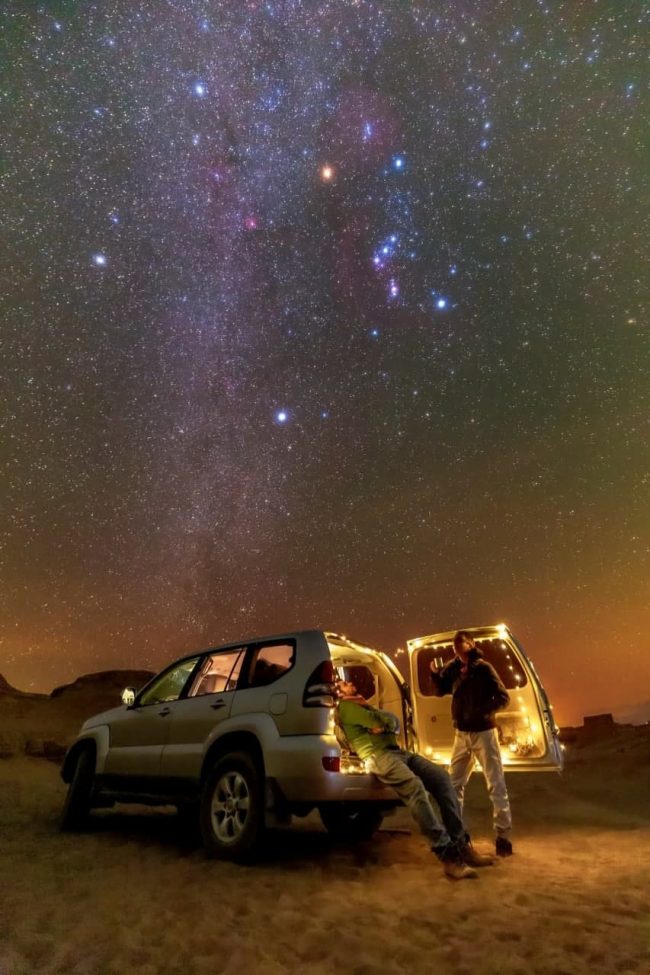
Orion the Hunter’s season in the sky
November evenings are a great time to say hello to everyone’s favorite constellation: Orion the Hunter. Find Orion now and enjoy it for months to come! Without a doubt, Orion is the easiest-to-identify of all constellations. Look for it in the eastern sky this month, say, between the hours of 10 p.m. and midnight (that’s your local time, the time on your clock no matter where you are). You’ll notice Orion’s Belt first. The Belt is made of three stars in a short, straight row. The Belt stars aren’t the brightest in the sky. But they’re the reason Orion will catch your eye.
And you’ll also notice Orion’s two brightest stars – Betelgeuse and Rigel – shining on opposite sides of the Belt.
You can find this constellation easily. You can point it out to your friends!
So look for Orion. It’s at this time of year – say, around mid-November and into early December – that casual skywatchers start to notice Orion and comment on it.
The 2024 lunar calendars are here! Best Christmas gifts in the universe! Check ’em out here.

As the weeks pass …
In mid-November, Orion doesn’t reach its highest point until an hour or two after midnight your local time. Northern Hemisphere skywatchers will find it high in the south at its highest point. Southern Hemisphere skywatchers will find it generally northward.
Like all the stars, Orion’s stars rise some four minutes earlier with each passing day, or about two hours earlier with each passing month. If you see Orion shining in the east at 10 p.m. tonight, look for this constellation to be in the same place in the sky at about 8 p.m. a month from now. Or if Orion is due south at 2 a.m. tomorrow, look for Orion to be due south at midnight one month later.
This shift in Orion’s location is due to Earth’s movement in orbit around the sun. As we move around the sun, our perspective on the stars surrounding us shifts. At the same hour daily, all the stars in the eastern half of the sky climb up a bit higher. And at the same time on your clock each day, all the stars in the western half of the sky sink a bit closer to the western horizon.
Star map of Orion

Bottom line: By mid-to-late November, the famous constellation Orion the Hunter is back in the evening sky! Its most recognizable feature is called Orion’s Belt: a short, straight line of three medium-bright stars.
EarthSky astronomy kits are perfect for beginners. Order today from the EarthSky store











